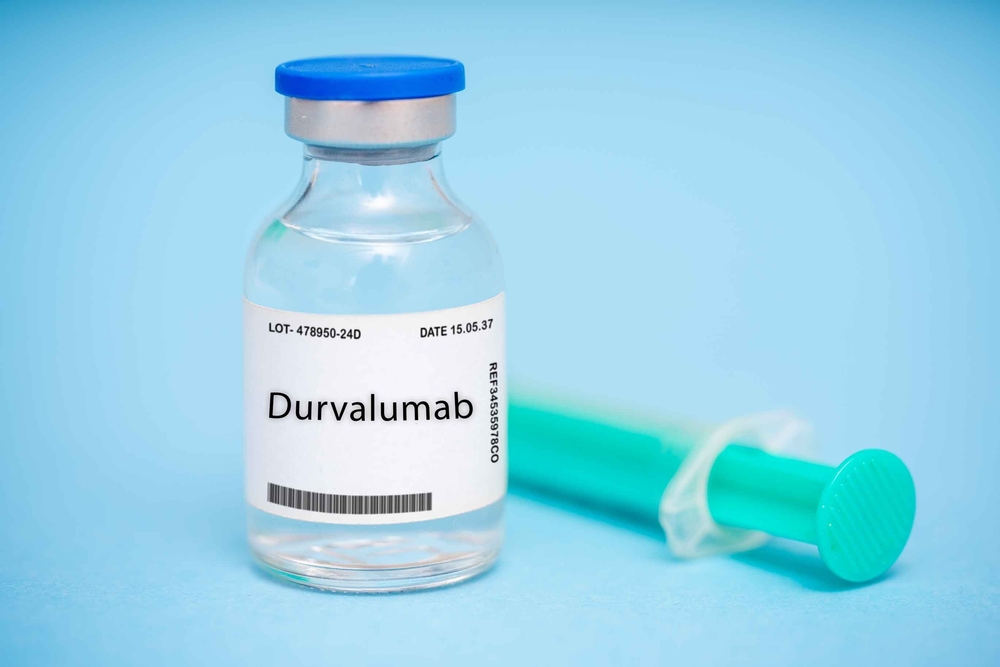According to an article from Northwestern University, a recent clinical trial found that immunotherapy delivered both before and after chemotherapy, along with removal of the bladder, was able to produce improved survival rates in people living with muscle-invasive bladder cancer. The trial results were released in the New England Journal of Medicine on September 15th.
The trial included a total of 1,000 people with localized bladder cancer, with trial centers from 22 different nations around the world. These patients were randomized into two different cohorts. One group received the immunotherapy durvalumab along with a chemotherapy regimen of gemcitabine and cisplatin. They received four treatment cycles every three weeks. Then they underwent radical cystectomy (removal of the bladder via surgery). Following the operation, these patients were treated with durvalumab for eight cycles every four weeks. The other group received chemotherapy followed by surgery alone.
Following 24 months, event-free survival (67.8% in the combination vs 59.8%) and overall survival (82.2% in the combination vs 75.2%) was better in the group that received the combination treatment when compared to those that had received just chemo and surgery. Meanwhile, adverse events between the two cohorts were identical at 41%.
The study authors believe that this combination approach could become a new standard of care for people with muscle-invasive bladder cancer.
About Bladder Cancer
Bladder cancer is cancer that affects the bladder, a hollow organ of the urinary system. There are multiple types of bladder cancer, with the most common type being transitional cell carcinoma. There is no known direct cause of bladder cancer, but a number of risk factors have been identified. The strongest is tobacco smoking; others include being male, opium use, exposure to a number of widely used chemicals, family history, frequent bladder infections, and radiation therapy. Symptoms include painful urination, bloody urine, frequent urination, swelling of the lower extremities, and pain affecting the flank, bones, or pelvis. A number of treatments may be tried for muscle invasive bladder cancer, such has surgery, immunotherapy, and chemotherapy. Outcomes for non-muscle invasive disease are better than other forms of bladder cancer, with a five-year survival rate of 95%. However, around 70% of these patients will face recurrence, and 30% will progress to muscle invasive disease. To learn more about bladder cancer, click here.
Editor’s Note: Get Involved
Cancer doesn’t discriminate. WHATNEXT and its partners are interested in amplifying the voices of those from all identities and backgrounds. If you have a cancer journey to share, reach out here to learn more about how your voice can help spread awareness and inspire individuals from all walks of life.
advanced bladder cancer bladder cancer locally advanced bladder cancer muscle-invasive bladder cancer research treatment
Last modified: October 1, 2024











